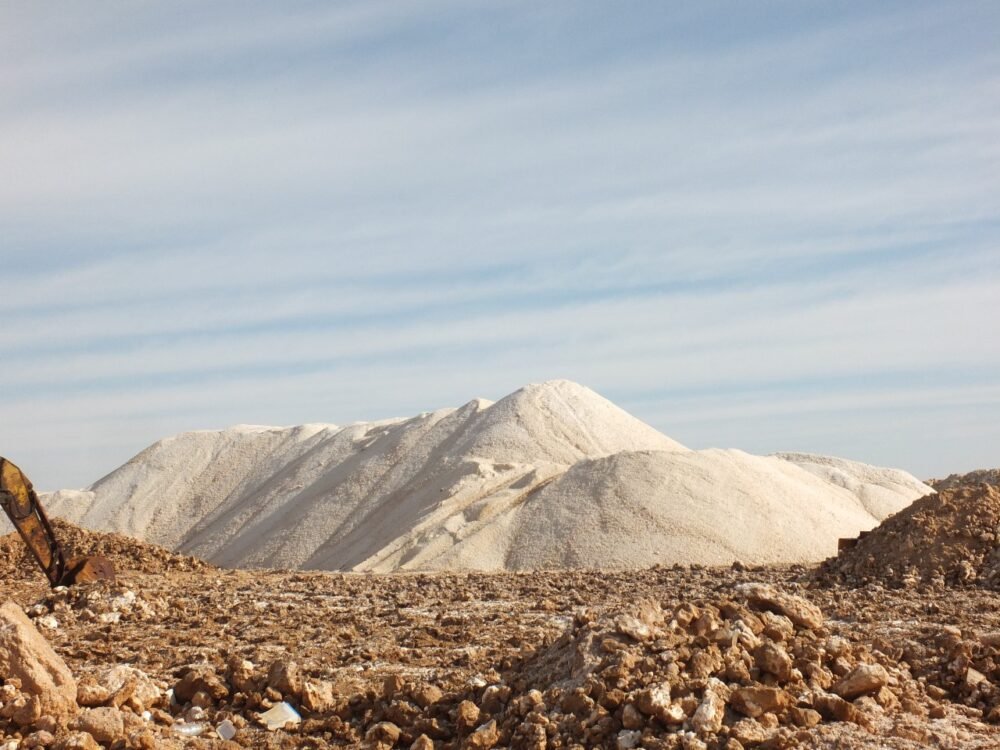Customer Support: 604793
Raw salt
Raw salt” generally refers to salt that has undergone minimal processing and is closer to its natural state. This can include various types of unrefined salts obtained from different sources. Here are some examples:
- Sea Salt: Produced by evaporating seawater, sea salt is often considered less processed than table salt and may retain some trace minerals from the sea.
- Himalayan Salt: Mined from the Khewra Salt Mine in Pakistan, Himalayan salt is typically sold in its raw, unprocessed form. Its distinctive pink color comes from trace minerals.
- Rock Salt: Mined from underground salt deposits, rock salt is less refined than table salt and may contain impurities. It is commonly used in its raw form for de-icing roads and sidewalks.
- Flake Salt: Formed into thin, flat flakes through natural evaporation processes, flake salt is considered less processed than finely ground salts.
- Kosher Salt: Although not entirely raw, kosher salt is less processed than table salt. It usually does not contain additives like iodine or anti-caking agents and has larger crystals.
Raw salt typically refers to unrefined or untreated salt that has not undergone any processing or purification. It is the natural form of salt that is obtained directly from saltwater sources or salt mines. Here are some key points about raw salt:
1. Composition: Raw salt, like rock salt, is primarily composed of sodium chloride (NaCl). However, it may contain higher levels of impurities compared to processed table salt. These impurities can include minerals, trace elements, and other substances present in the salt source.
2. Sources: Raw salt can be obtained from different sources, including:
– Seawater: Saltwater from oceans or saltwater lakes can be evaporated to yield raw salt.
– Salt mines: Salt deposits found underground can be mined to extract raw salt.
– Salt pans: Shallow saltwater pools or pans can be used to evaporate water and obtain raw salt.
3. Processing: Raw salt is typically minimally processed or not processed at all, unlike table salt. It may undergo basic cleaning procedures to remove larger impurities, but it retains its natural state and characteristics.
4. Uses: Raw salt has various applications, including:
– Culinary uses: Some people prefer using raw salt for culinary purposes due to its natural flavor and texture. It can be used in cooking, seasoning, and preserving food.
– Bathing and spa treatments: Raw salt is used in bath salts and spa treatments for its potential therapeutic benefits. It is believed to help relax muscles, exfoliate the skin, and promote a sense of well-being. However, scientific evidence supporting these claims is limited.
– Art and crafts: Raw salt crystals can be used for artistic and decorative purposes, such as in salt lamps, salt sculptures, or as a medium for salt crystal gardens.
5. Considerations: It’s important to note that raw salt, while less processed, may contain higher levels of impurities compared to refined table salt. These impurities can affect the taste, appearance, and shelf life of the salt. Additionally, the mineral content in raw salt can vary depending on the source, which may be desirable for some purposes but not for others.
If you plan to consume raw salt or use it for specific purposes, it’s important to consider the quality and source of the salt, as well as any potential health implications. It’s generally recommended to use salt in moderation and follow dietary guidelines.










